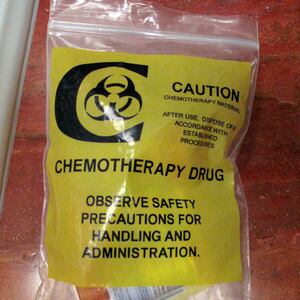Breast cancer can come in many forms, but the medical community is turning a blind eye to the second-most common form of breast cancer in the U.S. This results in delayed detections that, in turn, create worse outcomes for patients, according to new results published Friday in the Journal of the National Cancer Institute.
The new findings center around invasive lobular carcinoma (ILC), which occurs in the lobules of the breast where milk is produced. This type of cancer occurs in about 10–15 percent of all breast cancer cases. That’s less than the most prevalent form of invasive breast cancer—invasive ductal carcinoma (IDC), which forms along the lining of the milk ducts that carry milk from the lobules to the nipple.
As a result, ILC has been neglected by the research community, leading to worse detection and treatment strategies. Patients who suffer from ILC are less likely to be free of cancer and live longer than those who suffer from IDC.
ADVERTISEMENT
The new study is a major step in rectifying that problem—in large part because it’s one of the first major investigations into how ILC and IDC are biologically distinct. Its authors analyzed more than 33,000 ILC and IDC patient records in three of the largest cancer centers in the U.S..
“These findings likely indicate that detection of lobular breast cancer is delayed,” Dr. Megan Kruse, an oncologist at the Cleveland Clinic and a senior author of the new study, said in a press release. “When these tumors are finally detected, they’re larger and they’ve already moved to the lymph nodes, indicating the cancer is spreading. We need to put more effort into improving early detection of ILC by developing new imaging technologies or other methodologies.”
What we do know about ILC is that its formation is caused by the loss of a gene called E-cadherin, which helps cells stick together. When the gene is knocked out or not functioning, cells in the lobules will grow in lines. ILC tumors have the shape of windy spiderwebs, versus the more lumpy shape of IDC tumors. The spindly structures aren’t spotted well on mammograms until the tumors are much more mature—and dangerous.
The new analysis added some new insight into ILC cells, finding that they were more similar to normal cells as well, and that these tumors weren’t often detected until they had reached stage III or IV, which is most often when cancer starts to break out and spread to other tissues outside the breast. ILC patients experienced worse survival rates and more frequent recurrences of cancer than did IDC patients.
So what’s the solution? According to the new study, we need better molecular tests that can spot ILC cancer formations early. Current genomic tests that attempt to identify the lack of HER2 receptors—a hallmark of IDC—are not useful for ILC cases.
“Despite their differences, these cancers are often treated the same,” said Dr. Nicole Williams, an oncologist at Ohio State University and a study co-author. “We hope these findings will spark research aimed at developing new diagnostic tools and drugs to improve outcomes for patients with lobular breast cancer.”







